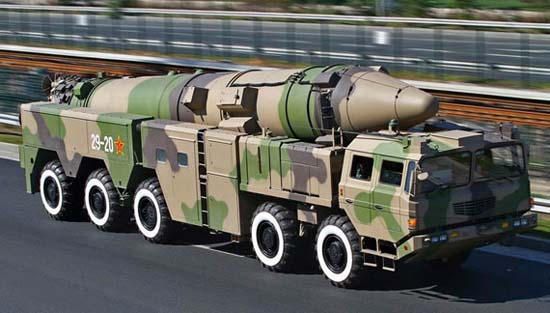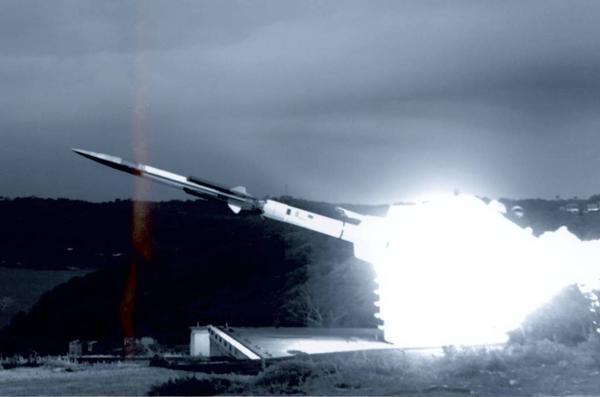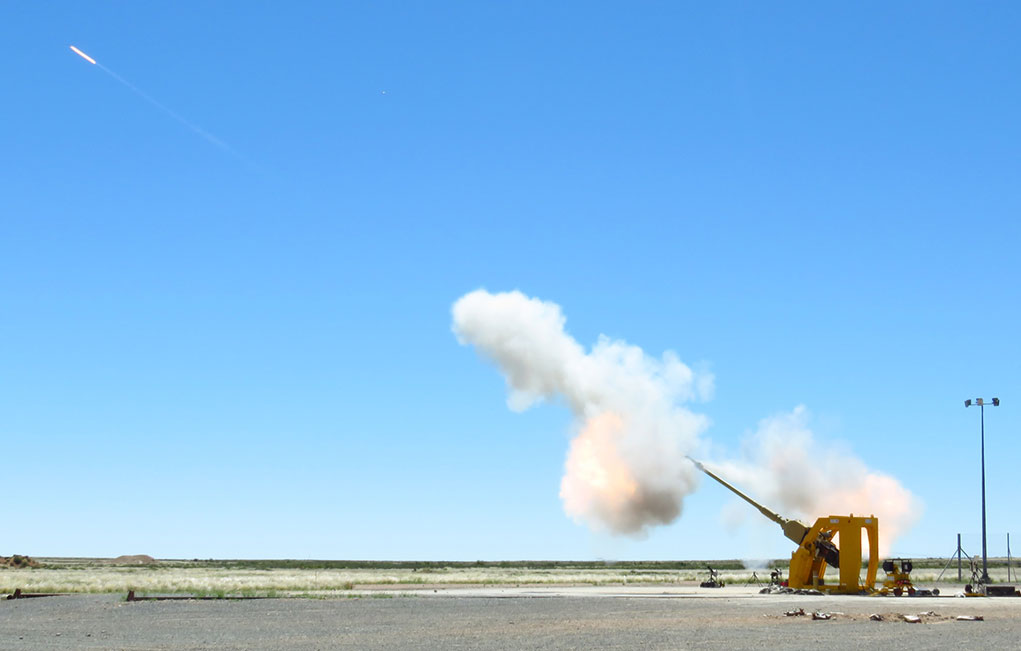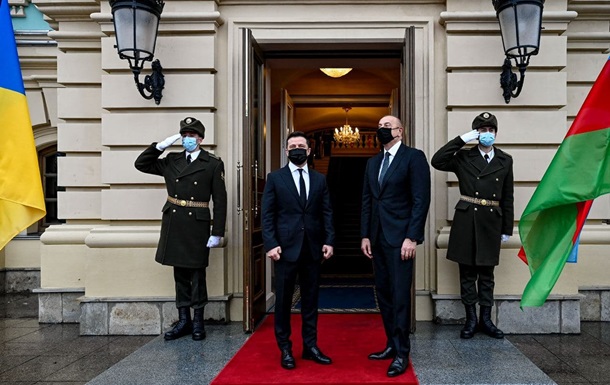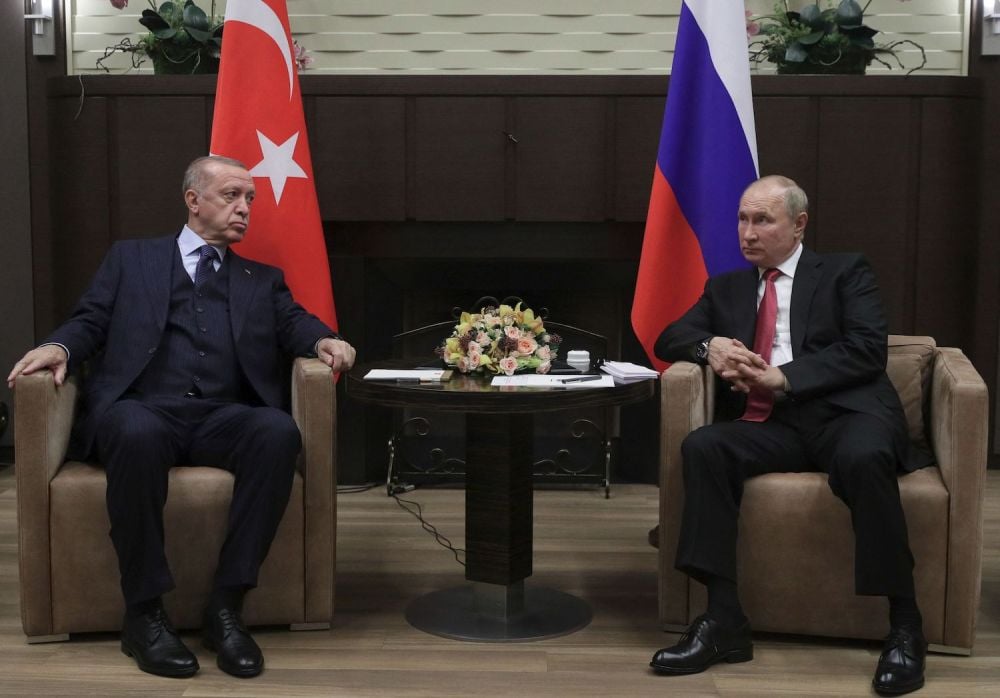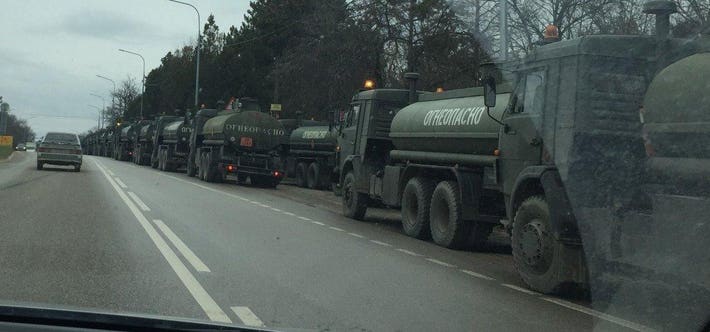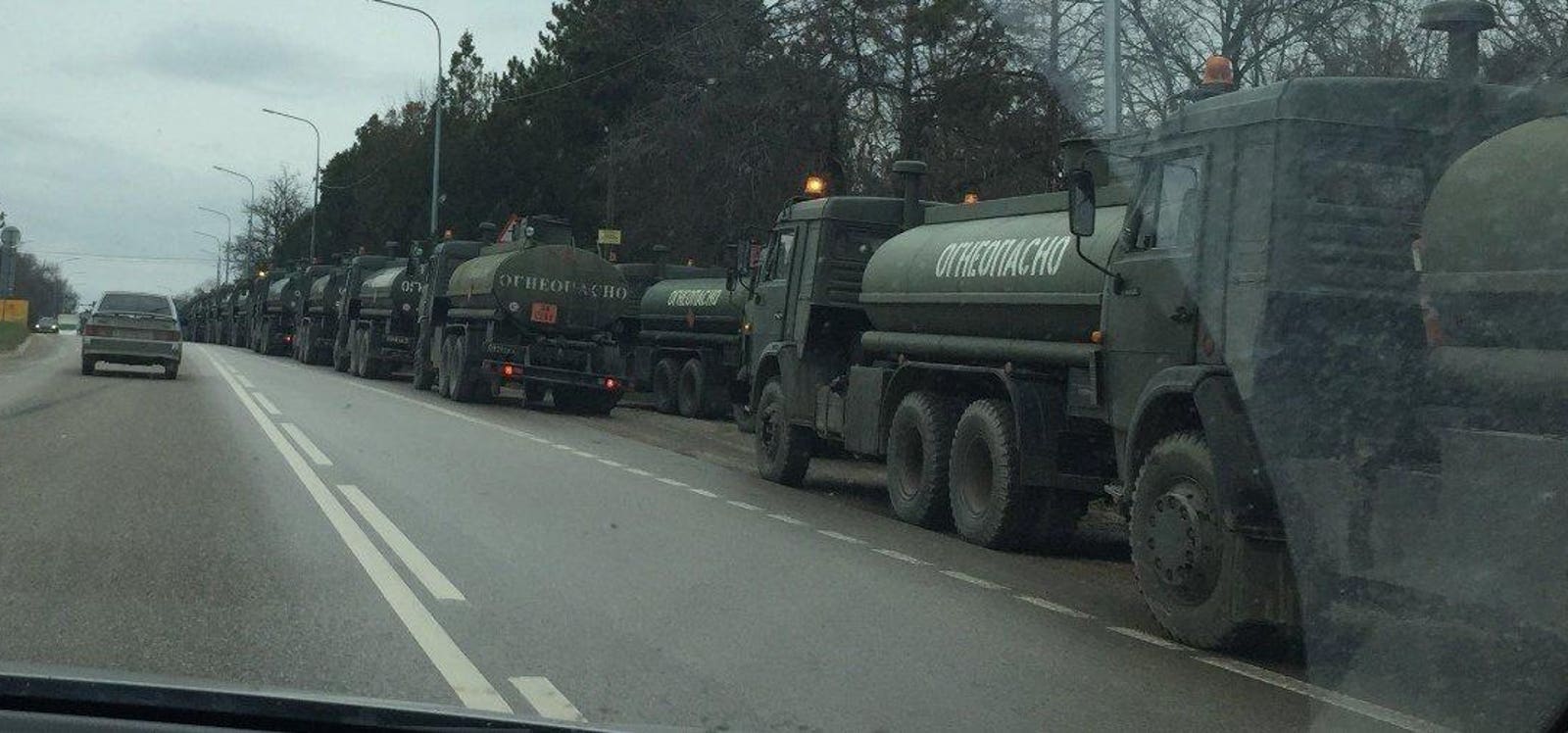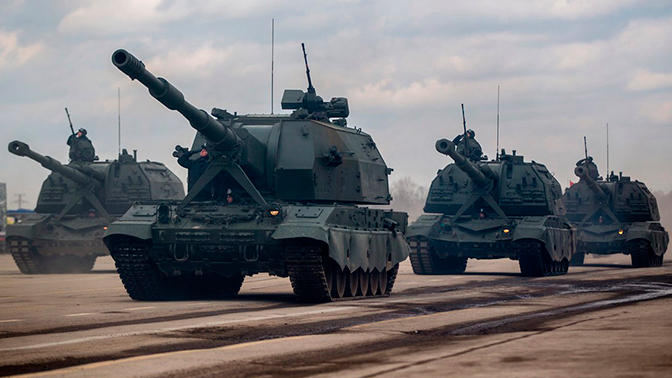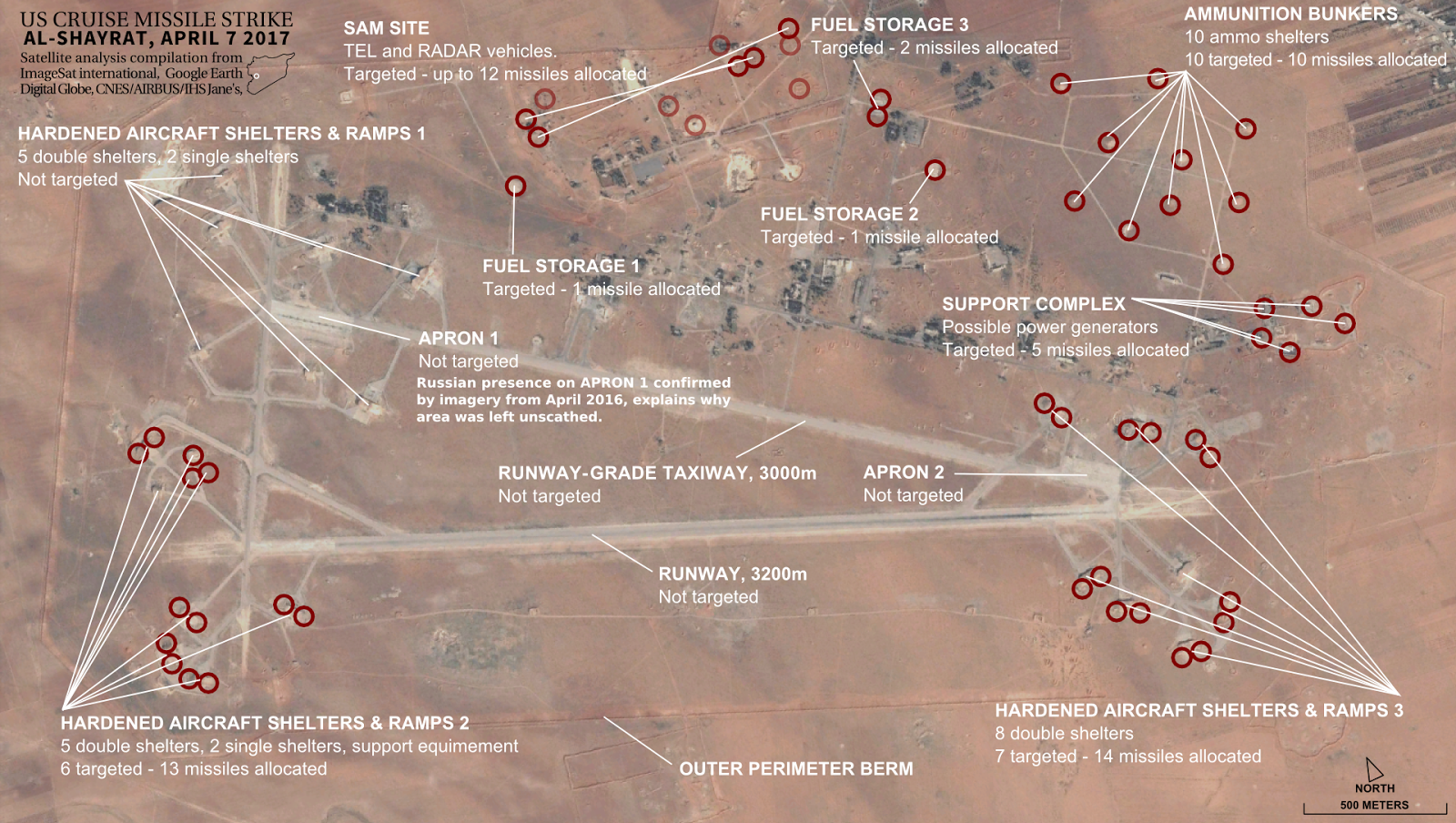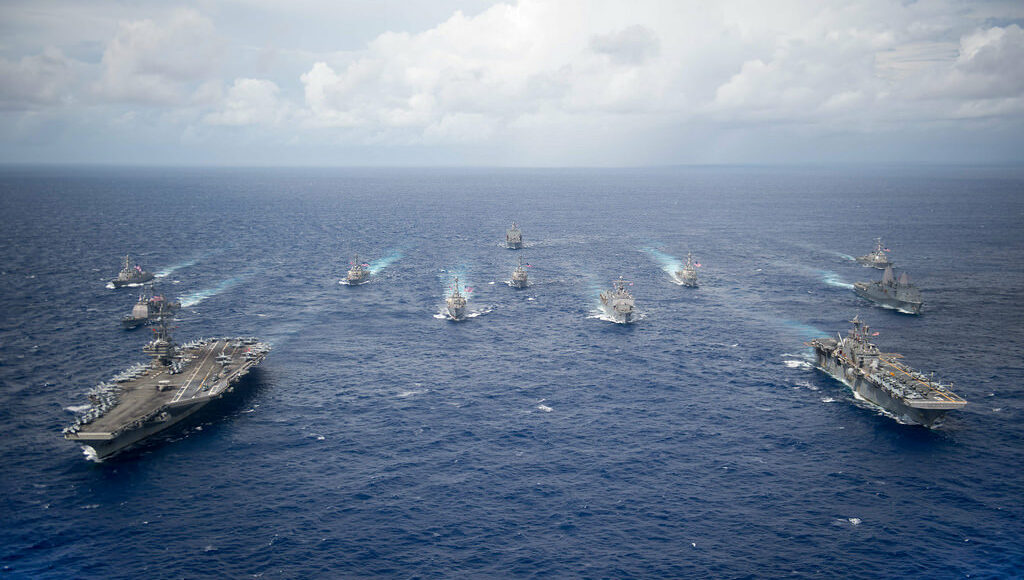Russia threatens military deployment to Cuba and Venezuela as diplomacy stalls
Russia has refused to rule out a military deployment to Cuba and
Venezuela if talks with the west on European security and Ukraine fail to go its way, while warning the latest discussions with Nato were hitting a dead end.
In an apparent attempt to up the ante with the Biden administration, Sergei Ryabkov, who led Russia’s delegation in a meeting with the US on Monday, told Russian television he could neither confirm nor exclude sending military assets to Cuba and Venezuela if talks fail. Asked about these steps, he said “it all depends on the actions by our US counterparts”.
Meanwhile another senior Russian diplomat threatened unspecified “necessary measures” if Moscow’s security demands were not met.
At the end of a week of diplomacy that appears to have produced no progress, the US national security adviser, Jake Sullivan, said US had intelligence Russia was preparing to fabricate claims of an imminent Ukrainian attack on Russian forces as a pretext for invasion.
“We saw this playbook in 2014. They are preparing this playbook again,” Sullivan said, and said that the administration would share more of the intelligence in the following 24 hours.
Sullivan said no dates had been set for any further talks but added: “We’re in communication with the Russians and we’ll see what comes next.”
Asked about Ryabkov’s suggestion of Russian deployments in
Cuba or Venezuela, he would he would not respond to “bluster”.
Meanwhile the US defense secretary, Lloyd Austin, promised his Ukrainian counterpart, Oleksii Reznikov, continuing US provision of “defensive assistance” to help build the capacity of Ukraine’s armed forces.
Michael Carpenter, the US representative at the Organization for Security and Co-operation in
Europe (OSCE), made clear that there had been no progress made in defusing tensions at Thursday’s meeting.
“The drumbeat of war is sounding loud, and the rhetoric has gotten rather shrill,” Carpenter told journalists afterwards.
Ukraine’s foreign minister, Dmytro Kuleba, said the OSCE talks had consolidated international support for Ukraine in the face of what he called “illegal ultimatums and military pressure from Russia”. He said the country’s western allies shared Ukraine’s position that it should be free to choose which security alliances it joined, including
Nato.
“Ukraine will also continue to work actively with partners to implement a comprehensive package to deter Russia from a new wave of war in Europe, which has already begun,” he said, in a comment posted on his ministry’s website
.
A volley of bleak statements from Russian senior officials emerged as Poland’s foreign minister, Zbigniew Rau, warned that Europe faced its greatest risk of war in 30 years.
Rau was addressing the 57 nations of the OSCE, an organisation that includes Russia, Ukraine, the United States and European nations. It was the third time this week Russia had discussed security with western countries.
The Polish minister, who has taken over the OSCE chair, told reporters he “cannot say a breakthrough is imminent” in discussions on European security, while pledging to launch a dialogue. “Some of the participating states believe that it’s enough to make a statement and not to participate in debate,” he said, without naming countries.
“It seems that the risk of war in the OSCE area is now greater than ever before in the last 30 years,” Rau had told delegates earlier. “For several weeks we have been faced with the prospect of a major military escalation in eastern Europe.”
Russia has mobilised 100,000 troops and placed military hardware along its border with Ukraine, while issuing a series of security demands that Nato has said are impossible to meet, such as removing troops from eastern members of the alliance and a block on any membership application from Kyiv.
Ryabkov said discussions were hitting a dead end. “I do not see any reason to sit down again in the coming days, to gather again and start these same discussions,” he was quoted as saying by the Interfax news agency.
“We propose to go step by step through the text, to work on it in order to bring it to a stage where it would be ready to sign. This is impossible today, because on the key elements of these texts, the United States and its allies say categorically ‘no’.”
Carpenter reaffirmed US readiness to continue a dialogue but added “we are not going to renegotiate core principles”, listing the 1975 Helsinki Accords, the UN Charter and the 1990 Paris Charter, which affirmed the right of sovereign states to make their own decisions about their security, free from the threat of force, and guaranteed the inviolability of borders. “Those are sacrosanct. Those are our bedrock,” Carpenter said. He said he did not know if there were plans to put the US position in writing, as the Russians were demanding.
“We’re happy to talk about conflict resolution mechanisms, happy to talk about reciprocal restraint and risk reduction and confidence building, military transparency, all of those things are on the table,” Carpenter said, welcoming a Polish initiative to establish a more regular dialogue among the OSCE’s 57 members to discuss mutual security concerns.
Russian officials focused on the agreements that Moscow drafted in December and demanded a response. The country’s mission to the OSCE threatened Moscow would take “necessary measures” if the west did not respond to Russian demands. “If we don’t hear constructive response to our proposals within reasonable timeframe & aggressive behaviour towards [Russia] continues, we’ll have to take necessary measures to ensure strategic balance and eliminate unacceptable threats to our national security,” Russia’s mission to the OSCE wrote on Twitter, citing its ambassador to the OSCE, Alexander Lukashevich.
The Russian OSCE mission also warned that “a crisis on the continent may arise with unpredictable consequences for European security”.
In Kyiv, Pavlo Klimkin, Kuleba’s predecessor as Ukrainian foreign minister, said this week’s talks with the Kremlin in Geneva, Brussels and Vienna had “eased tensions”. But he said the risk of a military or “other provocation” by Moscow remained extremely high, “especially in late winter or early spring”.
“As the talks continue, the threat of immediate escalation, at least the degree of tension, has decreased. This does not mean that the danger has become much less. It has become less, but it persists,” Klimkin told the news agency Interfax-Ukraine.
Klimkin predicted that Vladimir Putin was more likely to attack Ukraine using “hybrid methods” than stage a full-blown military invasion.
“Blitzkrieg against Ukraine is impossible. They understand that more than a third of our people are ready to hold weapons, and when there is danger for the country, I am sure there will be even more.” He said Putin wanted to turn back the clock and make central and eastern Europe a zone of Russian influence and domination again, as it was in Soviet times.
“This is by definition pure insanity … Russia’s real goal is the destruction of Ukrainian statehood. Our very existence hinders Putin’s model of vertical governance,” Klimkin said.
In Moscow, the Kremlin spokesman, Dmitry Peskov, said there could be a complete rupture in US-Russian relations if proposed sanctions targeting the Russian president, Vladimir Putin, and other top civilian and military leaders were adopted. Senate Democrats have also proposed targeting leading Russian financial institutions if Moscow sends troops into Ukraine.
The EU is also drawing up possible sanctions, although has declined to reveal details.
Last month Ryabkov compared the current tensions over Ukraine with the 1962 Cuban missile crisis — when the Soviet Union deployed missiles to Cuba and the US imposed a naval blockade of the island. That crisis ended after John F Kennedy and Nikita Khrushchev agreed Moscow would withdraw its missiles in exchange for Washington’s pledge not to invade Cuba and the removal of US missiles from Turkey.
US says ‘drumbeat of war is sounding loud’ as talks with Russia over Ukraine head towards dead end

www.theguardian.com





